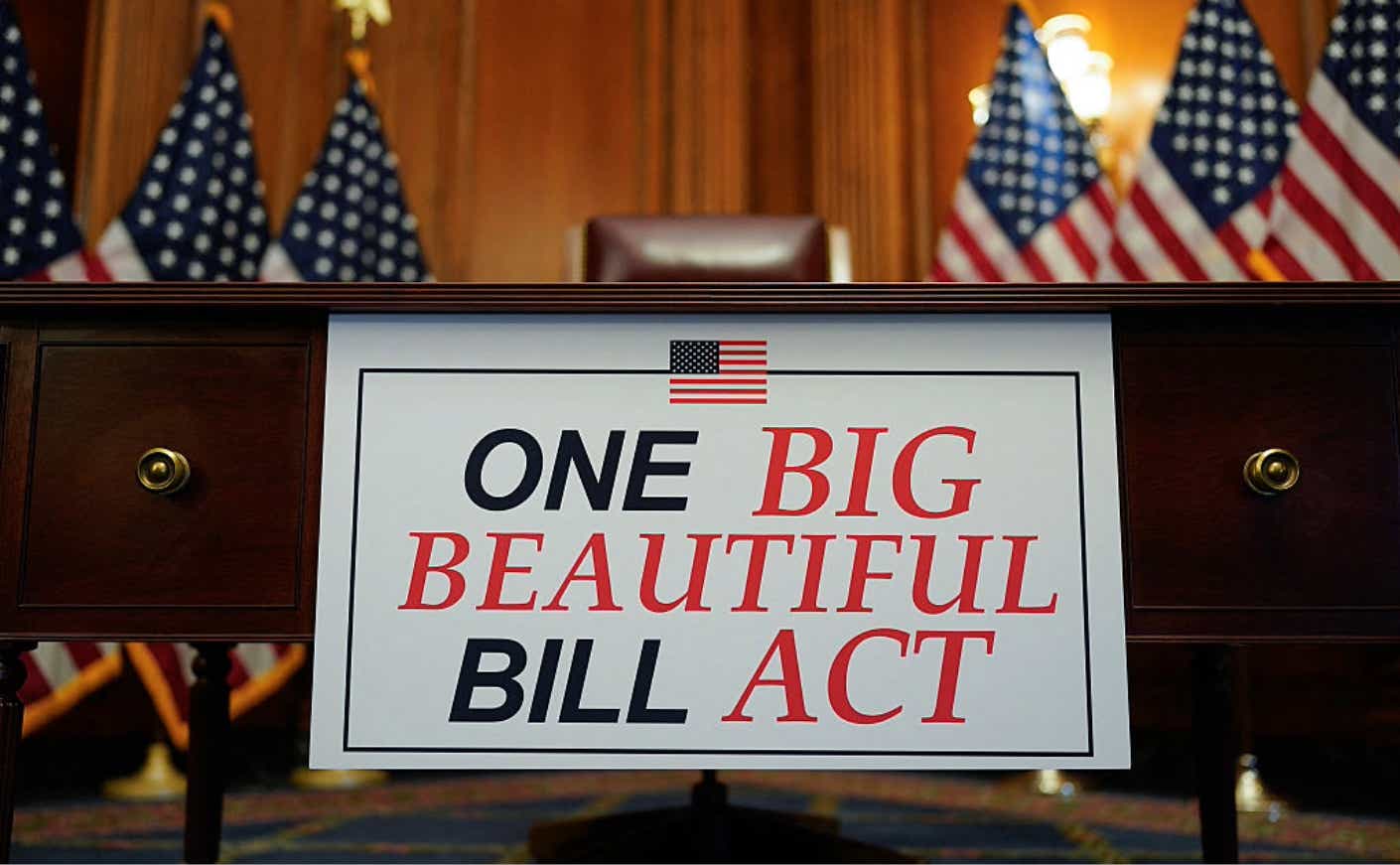From how Americans pay for college to who gets to keep their health care, a new law signed by President Trump is poised to transform the daily lives of millions — though not necessarily in the way they’d hoped.
The president’s Big Beautiful Bill wraps a wide range of sweeping policy shifts into one sprawling package: permanent tax cuts, new Medicaid work requirements, rollbacks of clean energy initiatives, and significant changes to student loan programs.
Supporters call it a long-overdue reset — one aimed at shrinking government, rewarding work, and spurring growth. However, critics warn that it could strip away key protections for working families, hinder climate progress, and make higher education even less accessible for low- and middle-income students.
While some changes will take effect immediately, many won't be implemented until after the 2026 midterms, laying the groundwork for future political and legal showdowns.
Here’s a closer look at some of the most significant changes.
Medicaid and SNAP reforms
An estimated 16 million people across the country could lose health coverage by 2034 due to cuts to Medicaid and changes to the Affordable Care Act, according to the Congressional Budget Office. And that’s not all: New work requirements could force even more Americans off the rolls.
Under the law, adults ages 19 to 64 must work at least 80 hours per month to qualify for Medicaid, unless they meet certain exemptions, such as having dependent children or specific medical conditions.
But there’s a bit of a buffer: The broader funding changes aren’t set to kick in until 2028, after the 2026 midterm elections. The work requirements, however, could arrive sooner, with a deadline to take effect by December 31, 2026.
Food assistance is facing similar scrutiny. Like the health care provisions, the bill’s changes to programs like SNAP are among its most contentious. Beginning in 2028, states with a SNAP payment error rate of 6 percent or higher will be required to contribute to the program's funding, marking a significant shift from current policy. Until now, the federal government has covered the full cost, while states have been responsible for administering it.
The law also tightens work requirements to receive SNAP benefits. The age threshold for mandatory work rises from 54 to 64, with exemptions limited to parents of children under 14. While the law is vague on timing, Republicans say the new work rules will take effect without delay.
New tax cuts
Under President Trump’s current administration, sweeping tax changes are now in effect.
The bill permanently extends the tax cuts from Trump’s 2017 Tax Cuts and Jobs Act, which were previously set to expire this year. These changes are also effective immediately.
One major shift affects residents of high-tax states, such as New York and California: starting this year, they can deduct up to $40,000 in state and local taxes (SALT) from their federal tax return. But for individuals earning more than $500,000, that benefit phases out, reverting to the $10,000 cap by 2030.
Working-class taxpayers will also see temporary relief. As of this year, they can deduct up to $25,000 in tips and another $25,000 in overtime. These deductions expire at the end of 2028, right when Trump would be set to leave office.
Older Americans aren’t left out either. Beginning this year, seniors age 65 and up on Social Security can claim an additional $6,000 tax deduction. That benefit, however, is also temporary, ending in 2029.
Finally, the child tax credit is increasing from $2,000 to $2,200 starting this year, with future increases tied to inflation. Unlike many other provisions, this one has no expiration date.
Green energy rollbacks
In a sweeping rollback of climate policy, the law eliminates key clean energy tax incentives passed under former President Biden’s Inflation Reduction Act. Starting Sept. 30, the popular $7,500 tax credit for electric vehicles will disappear, cutting off a major incentive for Americans to go green.
And that’s just the beginning. The law also ends a $3,200 credit for home energy-efficiency upgrades starting in 2026 and slashes tax breaks for homeowners investing in clean energy systems, such as solar panels.
Another major blow: The Greenhouse Gas Reduction Fund — a program designed to help communities cut emissions — is being shut down entirely, halting billions in climate investments nationwide. That said, contracts and grants already in place will remain in effect.
Higher education changes
Paying for college is about to get a lot harder for students and their families.
Starting in July 2026, federal student loan rules will tighten. Stafford loans for undergrads will stay capped, and Parent PLUS loans will now come with a lifetime limit of $65,000, forcing many families to rethink how they’ll cover the full cost of tuition.
Graduate students will see even bigger changes. Grad PLUS loans are being phased out, and current repayment options, such as the SAVE Plan and Pay As You Earn, will be replaced with just two choices: a standard repayment plan or a new, less generous Repayment Assistance Plan.
Even colleges aren’t off the hook. Starting in 2026, schools with large endowments will face new taxes. Those with endowments between $500,000 and $750,000 per student will be taxed at a rate of 1.4 percent, with higher rates for even wealthier institutions.









